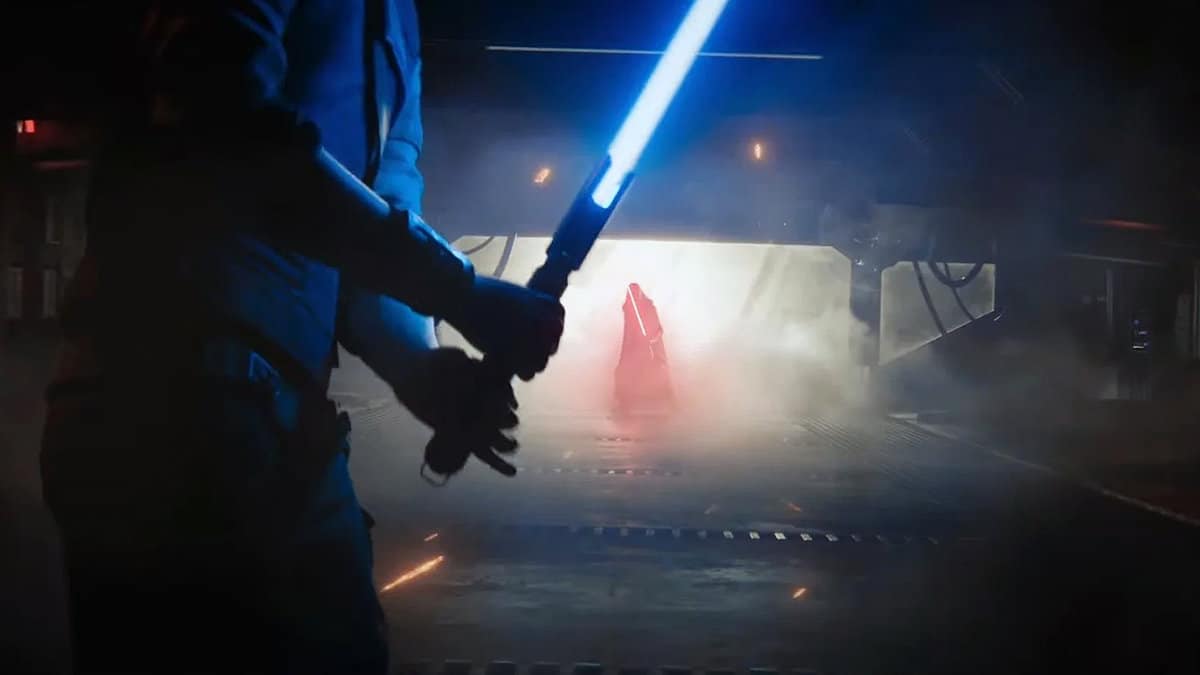Star Wars Jedi: Survivor will be making full use of current-generation hardware for the second chapter of Jedi-in-training Cal Kestis and his trusty droid BD-1.
Speaking with StarWars.com in a recent interview, director Stig Asmussen stated that ray tracing was the “biggest” improvement Star Wars Jedi: Survivor is receiving when compared to the first game, Star Wars Jedi: Fallen Order.
He added that PlayStation 5 and Xbox Series X|S allow developer Respawn Entertainment to do real-time lighting in the sequel to achieve quality levels unlike any game before, something not possible on previous-generation consoles.
“So I think the biggest thing is ray tracing or lighting,” said Asmussen. “That’s allowing us to do real-time lighting, all the time, at a fidelity that’s well beyond anything that we’ve ever produced before.
“Since it’s real-time, we get to see the changes as we tweak the lights — immediately, essentially. That means that we have more time to polish, that means that we can iterate more, and we can get better results that feel more filmic.”
Asmussen was also all praise about the new solid-state drives of current-generation consoles. He noted that the lightning-fast drives allow Star Wars Jedi: Survivor “to load tons of content really quickly”.
Bringing up PlayStation 5 specifically, Asmussen confirmed that Star Wars Jedi: Survivor will once again support the adaptive triggers and haptic feedback of the DualSense controller. He might even have teased that the sequel will support improved haptics compared to the first game.
Star Wars Jedi: Survivor will release for PlayStation 5, Xbox Series X|S, and PC in early 2023.
As one of the worst-kept secrets in the games industry, the sequel was finally, officially announced over the weekend during the Star Wars Celebration event in Anaheim, California.
